by Lesley Drayton, Curator, Local History Archive
We’ve been working on scanning the number one issue of the Larimer County Express newspaper, published in Fort Collins on Saturday, April 26, 1873.
This fragile paper consists of four pages full of interesting tidbits and advertisements that shed light on life in Fort Collins only a few short months after the town was officially incorporated. It’s a real treat to read!
Fort Collins historian Ansel Watrous wrote in the newspaper history section of his 1911 History of Larimer County that the Larimer County Express first newspaper printed and published in Larimer County, and sure enough, column 2 of page 3 of this 1873 paper supports this assertion:
Several prominent in this gentlemen have spoken for the first copy printed of this issue,–being the first paper ever printed in Larimer county. We shall be unable to furnish more than about fifty ‘first’ copies! Applications should be made without delay!
We’ll have the entire newspaper available for viewing on the Fort Collins History Connection website soon; for now, enjoy perusing the first page of the paper below!


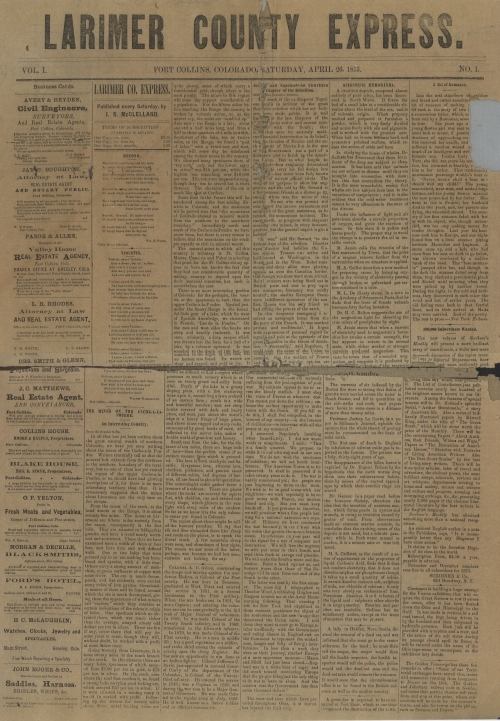

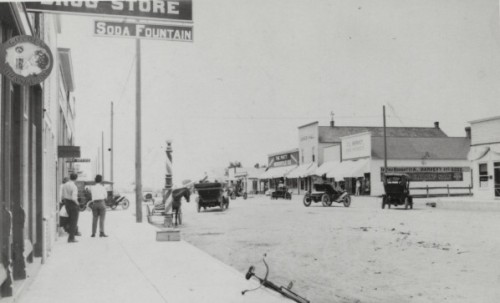



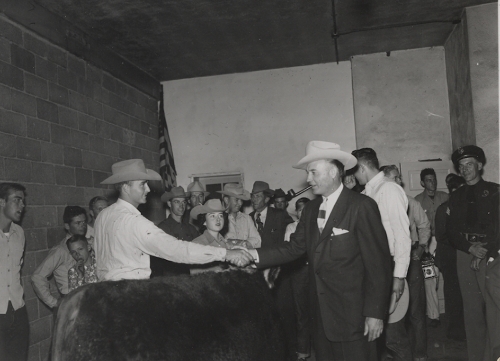
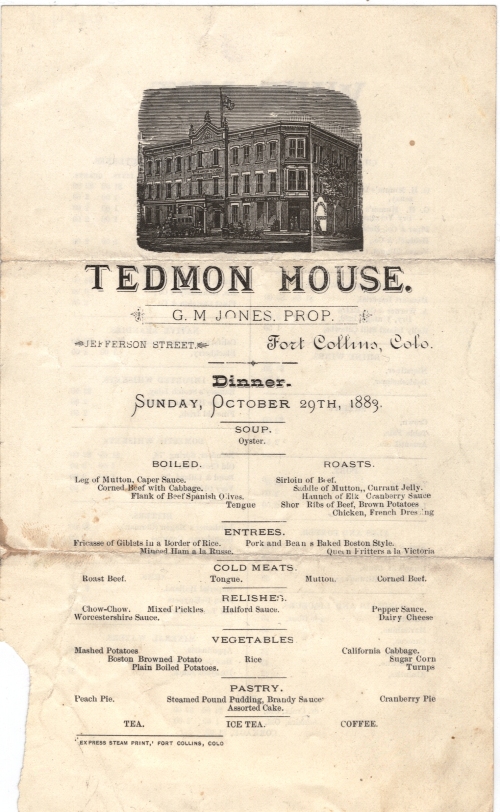

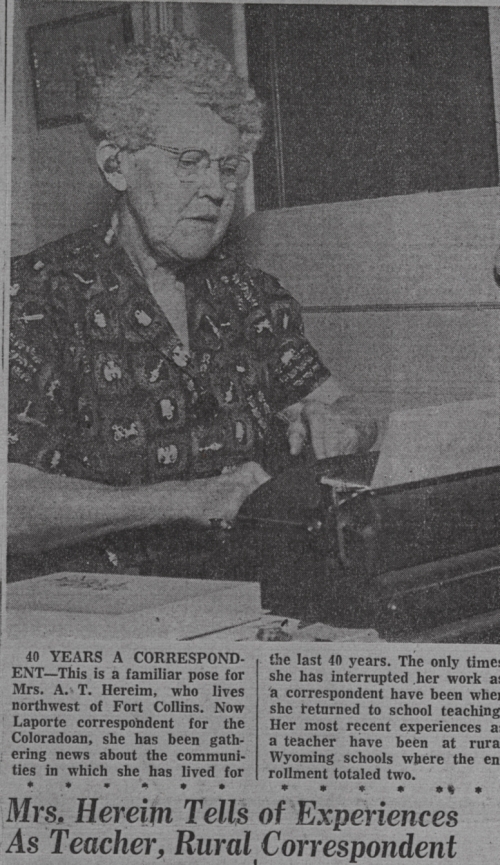






















You must be logged in to post a comment.